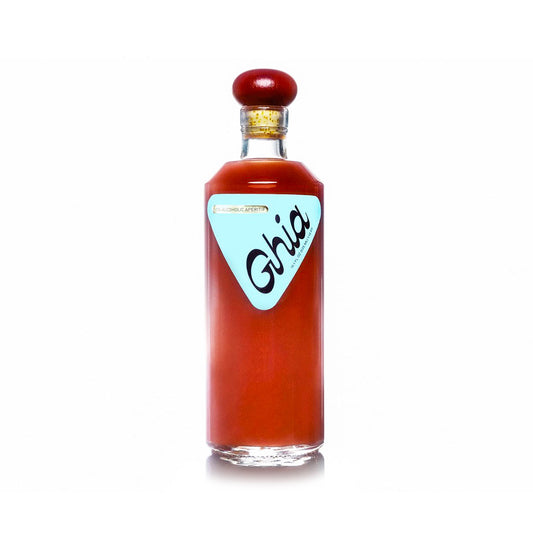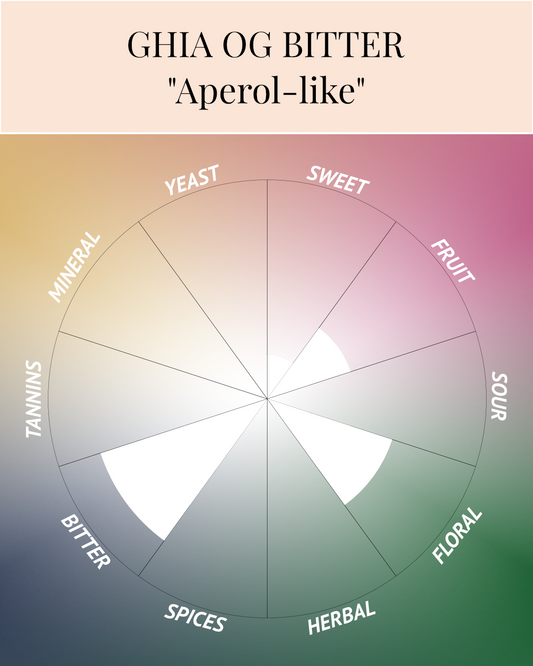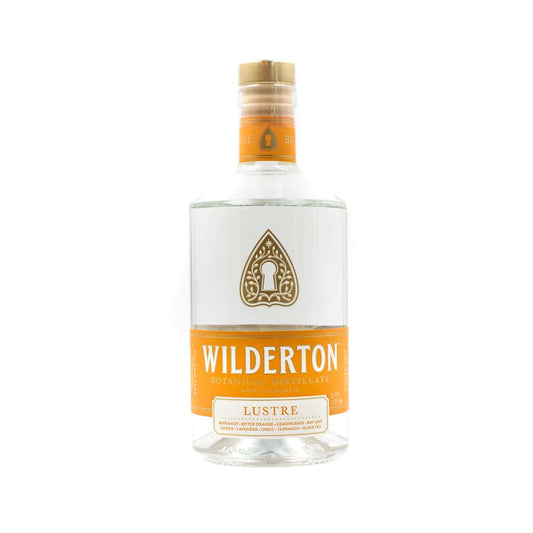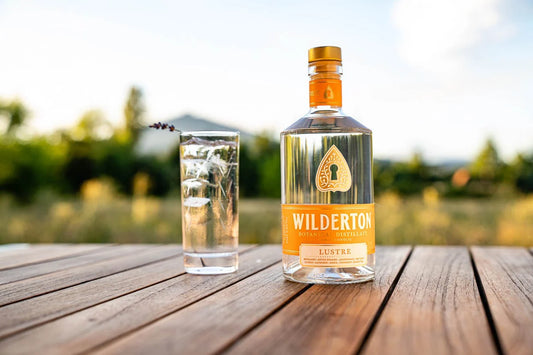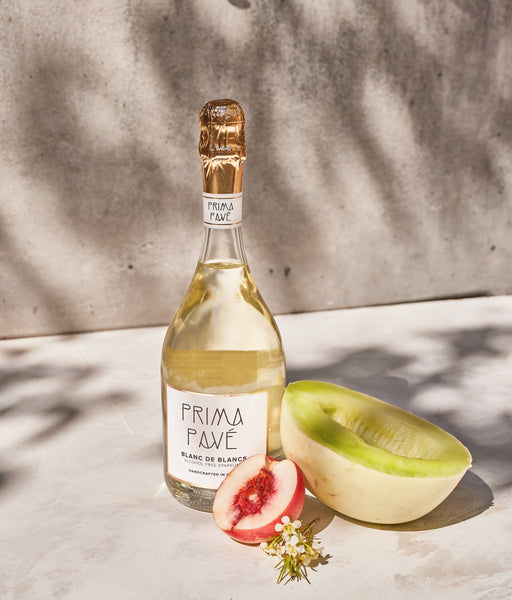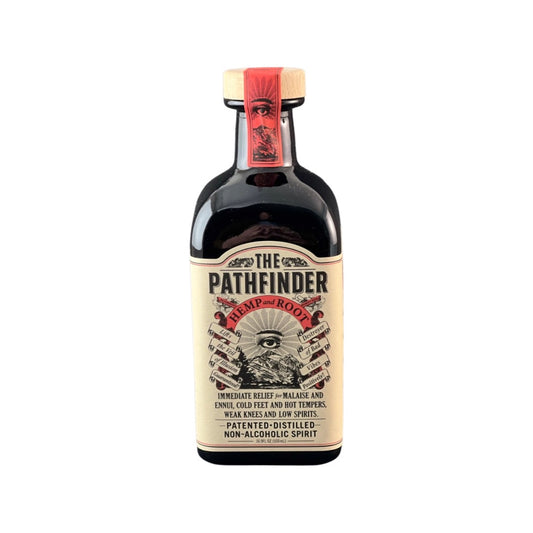Part 2 of Drycraft’s Ultimate Guide to Enhancing Your NA Wine
Non-alcoholic wines can be a great alternative, but sometimes they can lack the complexity and depth of traditional wines. The good news is, with a few simple tips, you can enhance the taste of your non-alcoholic wine and make it more enjoyable. In this series, we'll cover seven ways to take your non-alcoholic wine to the next level. From adjusting serving temperatures to adding carbonation, we'll explore various techniques to improve the taste and texture of your wine.
Without alcohol, non-alcoholic wines can often feel thin and lack texture, leaving some drinkers feeling unsatisfied. Adding carbonation can give non-alcoholic wines more body because it helps to create a fuller and rounder mouthfeel. Carbonation, however, can provide a similar sensation to alcohol by adding bubbles that expand in the mouth and create a sensation of weightiness. This is why carbonated beverages such as soda and sparkling water are often considered more refreshing and satisfying than their non-carbonated counterparts. By adding carbonation to non-alcoholic wines, you can create a more enjoyable drinking experience and make the wine feel more substantial.
This is why many of the most popular NA wines on the market actually come sparkling! If you haven’t checked out our article on the best NA Rosés yet, you can find some of our favorite sparkling NA wines here.
Why not carbonate at home?
Now you can carbonate practically anything with these days. So if you purchased a wine alternative that doesn’t have bubbles but you want to add more body, you can take a quick step and enhance your wine with some bubbles. But the great thing about these products is, you’re not limited to wine.
One of the challenges with NA cocktails is diluting them too much with ice or club soda. Instead of watering down the drink you worked so hard to make interesting, why not use one of these tools to add some more heft to the drink?
Instead of a long listicle, we isolated this down to two products that are amazing and worth the investment!
Note: When you are carbonating, DO NOT attempt to use the wine bottle. Always transfer it to a container that comes with the product. Any imperfection in the wine bottle can cause it to explode when put under pressure.
Best Everyday Option: Drinkmake OmniFizz Sparkling Water and Soda Maker

What sets the Drinkmate apart from other carbonation machines is its versatility. It not only carbonates water but also juices, wine, and even cocktails. It also features a patented Fizz Infuser that allows you to control the level of carbonation for each beverage. This means you can have a lightly sparkling wine or a heavily carbonated soda water, all with just one machine. Additionally, the Drinkmate is compatible with standard 60L CO2 cylinders, making refilling easy and accessible. Overall, it's a great addition to any kitchen or bar for those who love carbonated beverages but want more control over their fizz.
Best Premium Option: Perlini Carbonation System

If you're serious about your carbonation game, the Perlini Carbonation System is a great option to consider. This sleek, transparent bottle is perfect for impressing guests with your bartending skills and adding bubbles to your favorite cocktails. The system is easy to use and can provide a more powerful carbonation experience than other methods, making it a favorite of many professional bartenders. The Perlini Carbonation System is definitely an investment, but for those who are passionate about their carbonated drinks, it's worth it.
The Bottom Line
Adding carbonation to your wine can improve the overall mouth feel and make it more interesting to drink. Plus, it can help bring some more of the aromatics to the surface so that when you raise your glass, it becomes even more of a multi-sensory experience. We love this trick and love that you can apply it to more than just wine.
Don’t forget to check out our next article in the series to get the most out of your NA wine: How do I customize the flavor profile of your non-alcoholic wine?

